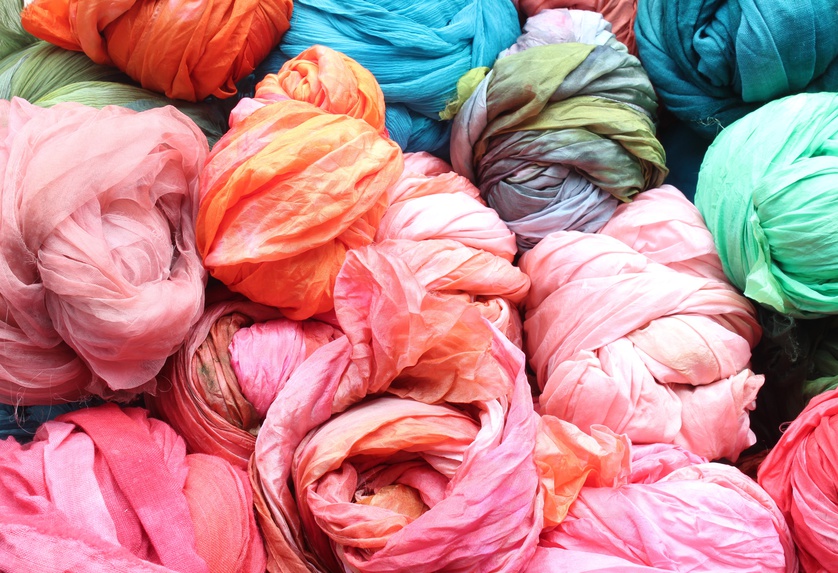Do you have garments that you want to revamp? Why not try a handmade technique that produces exceptional results while respecting the environment? Not only are colors made from natural dyes and pigments vivid, but they are also biodegradable, non-toxic, and non-allergic. Besides, many natural dyes have antimicrobial properties. All of these factors make it safer and better for humans, children, and the environment.
Making your natural dye at home is so easy! All you have to do is get the pot on the fire and get to work! Here’s a step-by-step guide that will help you give your garments a new life. The process is straightforward, and you will love the results!
For this process, we will need:
1) Natural Elements That Will Give Us the Color
The possibilities are so numerous that it is almost impossible to list them all. These are just a few options.
Red: raspberries
Orange: carrots
Yellow: onion skin
Green: herbs, yerba, spinach
Blue: blueberries, purple grapes
Purple: red cabbage
Red-purple: basil leaves, blueberries
Pink: avocado skin, roses
Brown: coffee
Reddish-brown: bamboo, pomegranates
Black or gray: blackberries
Always use fresh items, not dry.

2) The fabric or garment to be dyed
You may use natural textiles, such as cotton, silk, wool, and linen.
3) Dye Fixative
A fixative or “mordant” will help the fabric absorb the dye. Salt and vinegar are the most common. Place the cloth in the fixative (for example, 1/2 cup salt dissolved in 8 cups cold water, or 1 part white vinegar mixed in 4 parts cold water) for one hour and rinse with cold water. The fabric is now ready to be dyed!
4) Rubber Gloves
Make sure to wear gloves avoid staining the skin, which can be challenging to get rid of!
5) Now, Let’s Start the Magical Process
-Place the natural element (plant, flower) in a stainless steel or glass jar.
-Fill the jar with twice the water.
-Boil on low heat for one hour or until you obtain the desired color.
-Remove the material and leave the liquid in the pot.
-Gently soak the fabric in the dye and let it simmer for about an hour, stirring occasionally.
-Let the fabric sit in hot water for a day and wash it.
– Allow it to dry naturally in the shade.
-Note that the color will be lighter as it dries.
6) The Benefits
These are some of the reasons why you should use natural dyes:
– They have no chemicals or toxins
– They do not pollute the water
– Create unique colors, shades, and effects
– They come from renewable sources such as food and plants.
– They allow you to recycle biodegradable and compostable waste.
– They can be used to give old clothes a second life

Dyeing our garments with natural dyes is easy, fun, and even therapeutic. More importantly, it brings us one step closer to a healthier relationship with our belongings. Although this natural dyeing process textiles has been known since ancient times, it is being revalued today as the prospects for a slower and more sustainable life gain popularity.
The way fibers and textiles get their color does not happen by magic. The environmental and social impact of the fashion industry through the use of chemicals forces us to become more aware. Thus, natural dyeing has multiple benefits, as it plays a vital role in producing sustainable textiles and contributing to building healthy fashion. By learning to generate dyes from natural elements, such as fruits, flowers, and plants, you can achieve an infinite variety of colors and shades while taking care of the planet!
